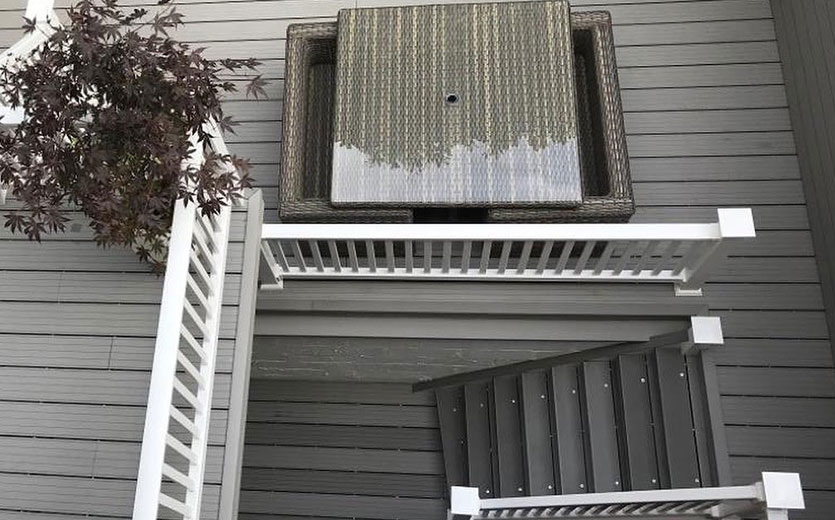
Out of all the types of decking that homeowners can choose from today. Tongue and groove composite decking is one of the more interesting kinds of decking. Most of the time, they are used on porch boards. You can use these wood or composite decks to build decks for outdoor spaces.
The tongue and groove profile method is a way to join two things together. Which has been used for cabinets and porch floors for hundreds of years. Even though there are different ways to do this method. It’s a general term for any piece of wood with grooves on one edge and ridges on the other.
What is tongue and groove composite decking?
Tongue and groove decking is made of wood or composite boards that have a groove along one edge. The dream deck has a tongue and groove, which is a long groove on one side and a bump on the other.
The tongue and groove profile is cut so that it fits snugly into the groove of the next plank. Both the tongue and the groove are cut to fit the whole length of the floor. This lets the planks fit together like pieces of a puzzle to make a flat surface.
The goal is to make an attractive, solid surface with the look of natural wood all over it. This will allow for a more stable tongue-and-groove installation structure. The tongue-and-groove design of the boards makes them great for many uses, but porch flooring is where they are most often used. It can be used for decking, but most people use it for small covered porches and patios.
Different kinds of tongue-and-groove decking
Even though the tongue and groove system is very popular. When you need full-size decking boards, it can be hard to find them. It also doesn’t have as much stuff as it could. Because of this, tongue-and-groove decking comes in both natural wood and composite wood.
Most tongue-and-groove decking is made from pressure-treated wood, followed by cedar, redwood, and so on. Woods like Ipe are the best.
The cost and availability of these woods vary, but pine and spruce tend to be the least expensive. Ipe, a hardwood from the tropics that is resistant to insects and the effects of weather, is the most expensive.
WPC decking is made of materials that work together. Molds are used to make different sizes and shapes of composite decking when it is being made. Because of this, WPC decking has tighter joints and doesn’t need to be moved by hand as tongue-and-groove wood decking does.
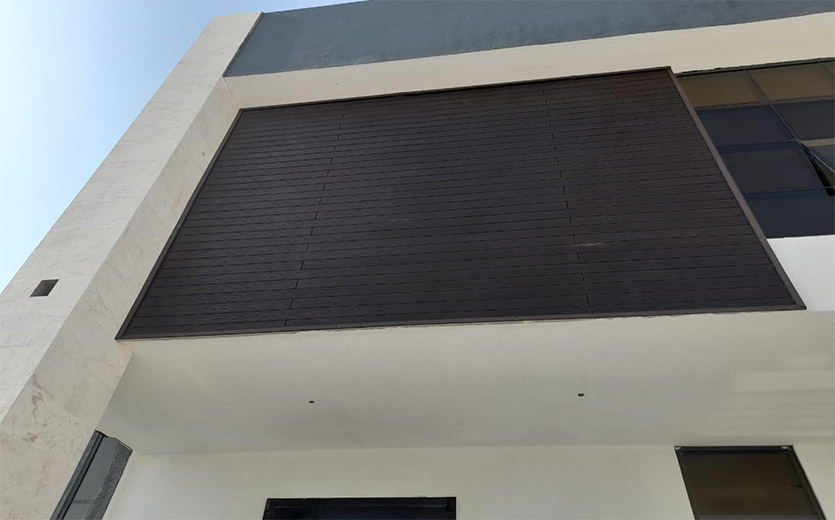
WPC tongue-and-groove decking usually has some wood fibers in it to make it look and feel like natural wood. Some of the most common synthetic materials are polymer resins, polyvinyl chloride (PVC), and plastics that can be recycled. The price of composite decking made from these materials will be somewhere between the price of pine decking and Ipe trim boards.
The benefits of tongue-and-groove composite decking
Tongue and groove composite decking have more advantages than traditional wood decking. First of all, it is more durable and has a longer life span than traditional wood decking. This means that it requires less maintenance and upkeep, and does not require frequent replacement and repair.
In addition, tongue and groove composite decking come in a wider range of colors and designs than traditional wood flooring. So homeowners can use it to create a more unique and personalized outdoor living space. It is also more environmentally friendly than traditional decking, so most of its materials are made from recycled materials. And tongue and groove composite decking does not require harsh chemicals for maintenance and upkeep.
Composite decking is good because it is long-lasting and looks the same everywhere. Natural wood decking, like pine decking, can warp during installation and need to be fixed. However, WPC decking with a tongue-and-groove connection won’t soak up water or warp.
The “green” use of resources is another benefit of composite decking made from recycled plastic or polymers. Composite tongue-and-groove decking doesn’t have dangerous chemicals like formaldehyde in it. And it works well for getting rid of household trash like plastic. Which helps keep the bad environment we live in from getting worse.

Most of the time, tongue and groove decking are used to make decorative panels for porches. However, tongue and groove wood decorative panels can also be used to build roofs and ceilings inside buildings. Instead of gypsum wallboard or other traditional materials, standard-width tongue-and-groove decking is used on the ceiling of a home or cabin to give it a rustic look.
Tongue-and-groove roof trim boards are a more specialized type of material that you won’t find in most home improvement stores. It is often used in all-wood structures, like timber frames or logs, to make them look and feel like they are made of wood. Most tongue and groove roof trim panels are made of materials that are 2′′ to 4′′ thicker than normal. Tongue and groove roof trim panels can have two sets of grooves with matching mortises and tenons in the material.
Conclusion
Tongue and groove composite decking is indeed a good choice for some homeowners. It can add a more modern look as well as durability to your outdoor living space. Made from a blend of wood fibers, recycled plastic, and adhesives, tongue, and groove composite decking creates a stronger and more durable material. ideal for outdoor living spaces.

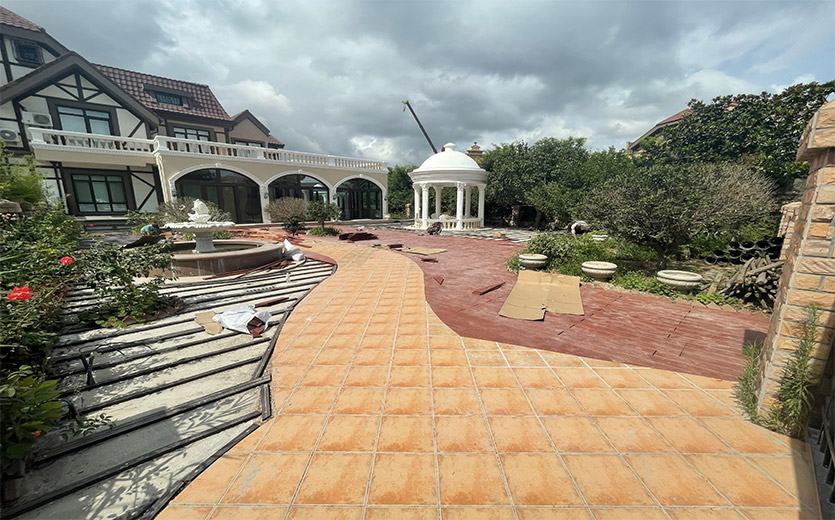
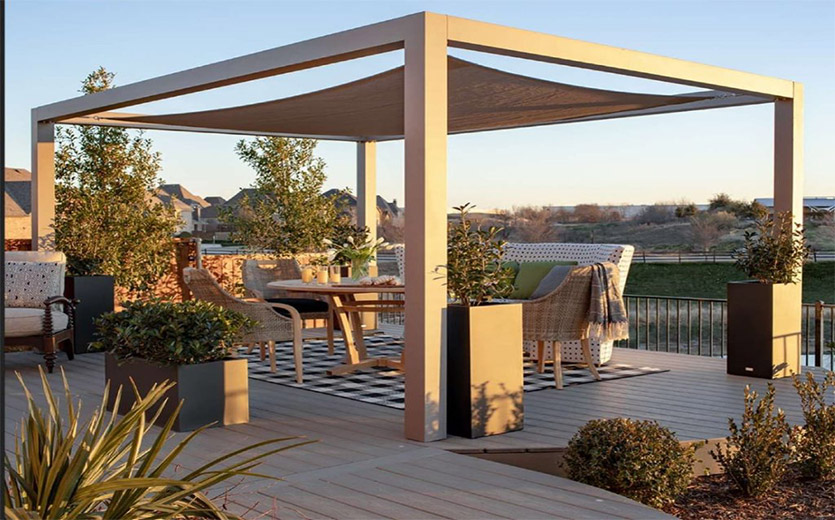
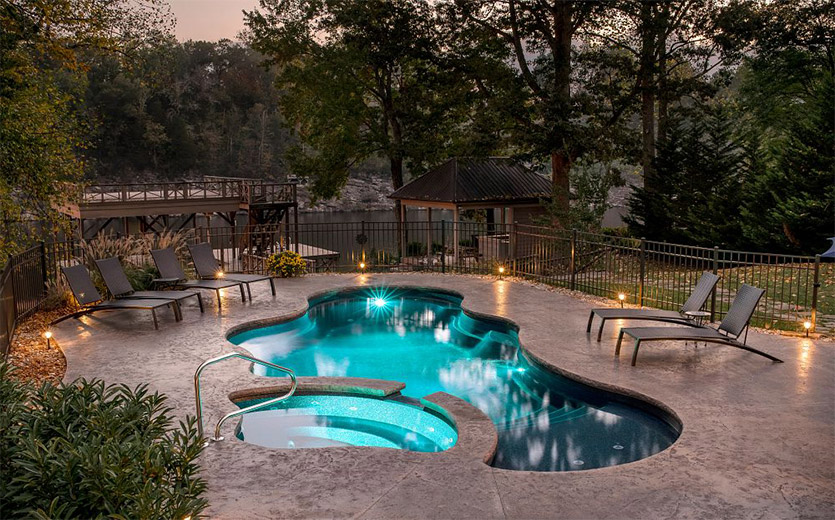
Post a Comment